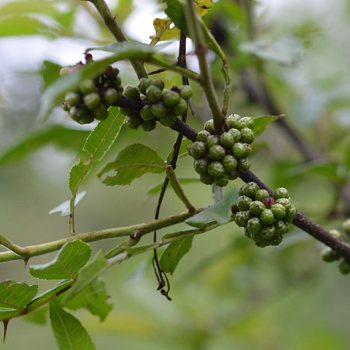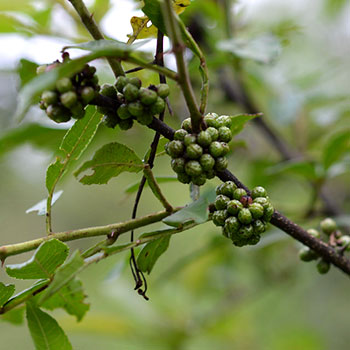Soapberries Communities-How we work with???
September 24, 2018
From the Foot of the Himalaya Mountains
Our Organic Soapberries come from the western part of Nepal, in the foothills of the Himalayan Mountains. That fact alone appeals to consumers who imaging lush hillsides, communities of smiling people, and the backdrop of snow-capped mountains. While the reality is of lush hillsides and snow-capped mountains, naturally things are not always relaxed and stress free as we would think in rural communities. It is for this reason we chose the communities we work with and for this reason we do our best to provide them with a sustainable livelihood and fair prices.
 Co-operatives
Co-operatives
We work with over 450 households under a public private partnership (PPP) cooperative structure. In this way, we can get the best harvest, at the best prices, while still providing fair wages for individuals. And without having to deal with hundreds of individual harvesters, we can work more efficiently and more swiftly.
The elected cooperative heads are well trained by us and have a grass-roots knowledge of the area, the Soapberries and the people who are harvesting the berries. This we have found is the best method of working in rural communities to the benefit of all.
In the communities we collect, process and package the Soapberries for transportation to Kathmandu. We have taken the decision not to do the final processing and packaging on location as transportation to Kathmandu can be difficult, dirty and subject to delays.
We have also found that, naturally, our harvesters, especially the women, have other work to carry out, particularly in food planting and harvesting seasons, therefore, it speeds things up to take the Soapberries back to Kathmandu in a more ‘raw’ state.
Community Training
Our harvesters have been provided with training the following:
- Sustainable harvesting
- Why Soapberries are important to the community and to consumers
- Dedicated storage/warehousing
- Packaging (in order to reach Kathmandu)
- Record keeping
- Risk management
- Transportation
This ensures harvesters truly understand the value of the soapberries and of the environment they live in. It also ensures that when the Soapberries reach your customers, they are the best they can be.
[Image]
Harvesting is done during November-January every year.
[Image]
Here our harvesters are learning about the environment, the importance of sustainability, and quality control so your customers can enjoy the best Soapberries possible.
[Image]
The harvesters bring the Soapberries they collect to the central collection point where it is recorded how many each individual has collected. Then the berries go through their first quality check and are stored while awaiting transportation to Kathmandu. Quality is extremely important to us. We have trained our cooperative partners in keeping proper accounts and in quality checks.
We also provide communities with other training when they are not busy harvesting Soapberries, or being engaged in their own work:
-Education for children
-Literacy classes for adults
-Other livelihood training
-Other trainings designed to improve their livelihoods
[Image]
Many older people in rural Nepal cannot read or write. Here we provide literacy classes to enable them to sign their name, be able to do simple arithmetic, and read so they are better placed in today’s world. This ensures the fair trade policy that your customers are especially interested in. We also make this promise: our harvesters are fairly compensated for their time and effort.
Additionally, you can assure your customers that our Soapberries are harvested in a sustainable manner, doing no harm to the local environment in the process, and are Ecocert certified organic.
Final Processing and Packaging
Once our soapberries reach our premises in Kathmandu, our team dry, process, grade and finally package the soapberries as per customer’s requirement.
Smiling People?
Yes! We DO to put a smile on the faces of our harvesters, our distributors, and the end user!
Recent Posts
- Interruption on supply chain
March 22, 2020
- New crop Soapberries 2019-2020
December 1, 2019
- Organic Certification
October 23, 2019
 Soapberries Communities-How we work with???
Soapberries Communities-How we work with???September 24, 2018
- Soapberries – King of Organic Multi-purpose Cleaners
September 20, 2018
- Soapberries – Healthy Planet, Healthy People
September 19, 2018